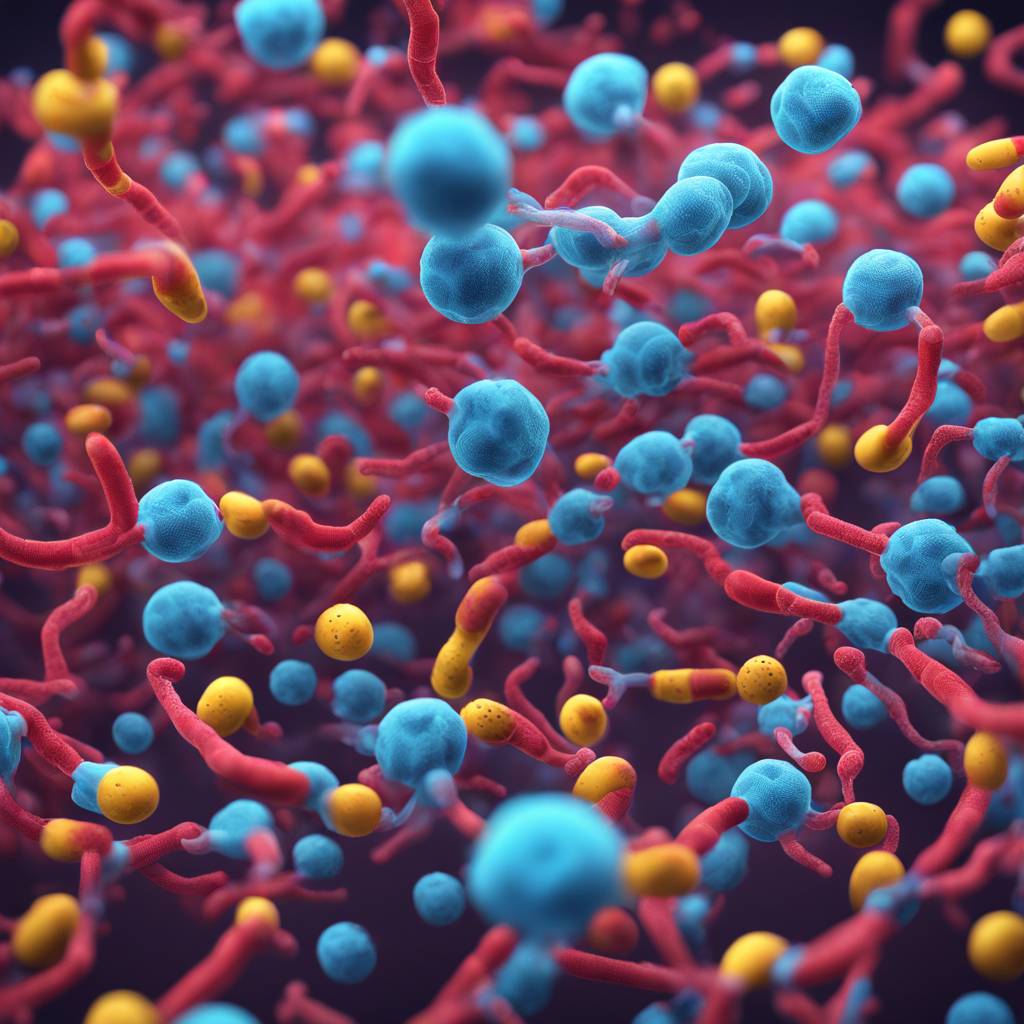Researchers at McMaster University and Stanford University have created a new generative artificial intelligence model called SyntheMol that can design billions of new antibiotic molecules that are inexpensive and easy to build in the laboratory. This development comes in response to the urgent need for new antibiotics to combat drug-resistant bacteria, such as Acinetobacter baumannii, which the World Health Organization has identified as one of the most dangerous antibiotic-resistant bacteria in the world. A. baumannii is difficult to eradicate and can cause serious infections that can lead to death.
The team of researchers, led by Jonathan Stokes from McMaster University and James Zou from Stanford University, developed the SyntheMol model to access tens of billions of promising molecules quickly and cheaply. They used a library of 132,000 molecular fragments that fit together like Lego pieces and cross-referenced these fragments with a set of chemical reactions to identify 30 billion two-way combinations of fragments that could design new molecules with promising antibacterial properties. The model was also used to predict toxicity, resulting in the identification of six molecules with potent antibacterial activity against A. baumannii that are also non-toxic.
Antibiotics are unique medicines, as bacteria quickly evolve to resist them once they are introduced into clinical settings. Therefore, there is a need for a robust pipeline of antibiotics that can be discovered quickly and inexpensively. Artificial intelligence plays a crucial role in this process, as demonstrated by the development of the SyntheMol model. The model not only designs novel molecules that are promising drug candidates, but it also generates the recipe for how to make each new molecule, which is a game changer for chemists who may not know how to make AI-designed molecules.
The research conducted by the team was published in the journal Nature Machine Intelligence and was funded in part by the Weston Family Foundation, the Canadian Institutes of Health Research, and Marnix and Mary Heersink. The successful development of the SyntheMol model represents a significant advancement in the field of antibiotic discovery and has the potential to revolutionize the way new antibiotics are designed and manufactured. This new approach could lead to the development of more effective and affordable antibiotics to combat the growing threat of drug-resistant bacteria.
The ability of the SyntheMol model to quickly and efficiently design new antibiotics with potent antibacterial activity against A. baumannii represents a significant breakthrough in the fight against antibiotic-resistant bacteria. By leveraging AI technology, researchers have been able to access a vast number of potential molecules and identify promising drug candidates that are both effective and non-toxic. This approach has the potential to accelerate the discovery and development of new antibiotics, ultimately improving treatment options for patients suffering from infections caused by drug-resistant bacteria.
In conclusion, the development of the SyntheMol model represents a major step forward in the field of antibiotic discovery and highlights the important role that artificial intelligence can play in addressing global health challenges. By harnessing the power of AI, researchers have been able to design new molecules with potent antibacterial properties, paving the way for the development of novel antibiotics that could help combat the growing threat of drug-resistant bacteria. This research underscores the potential for AI to revolutionize the way new drugs are discovered, manufactured, and tested in the laboratory, ultimately leading to improved patient outcomes and public health.













